While much attention has focused on greenhouse gas emissions since the 2015 Paris Agreement on climate change, the recent sustainability report published by Teagasc shows that this is just one of many factors to balance between food production, farmers’ needs and environmental obligations.
Teagasc director Gerry Boyle said the economic dimension of sustainability is “the most important one in terms of maintaining farmers in rural communities”.
The gap between dairy and other sectors is well documented when it comes to income, but this extends to social aspects also covered in the report.
For example, dairy farmers have more formal education, are younger and are less likely to live alone and face isolation than their cattle, sheep or tillage colleagues, but they also work longer hours on the farm.
“A farm will only be sustainable if employment in the industry can provide a suitable economic return for the labour used, but also if farm operators and families have an acceptable quality of life,” the report warns.
Inequality between farmers cannot be reduced to a comparison between systems: within each dairy, beef, sheep and tillage sector, data from the 900 farms in the National Farm Survey show huge variations between the most profitable farmers and those who are struggling to return profits.
This is linked to environmental performance. While densely stocked dairy farms release twice as much greenhouse gas per hectare as suckler and beef farms, this is reversed when emissions are considered per euro of revenue generated (see Figure 2).
Still, the carbon footprint is not the only measure of environmental sustainability. For the first time, Teagasc’s 2017 report includes emissions of ammonia – a different pollutant gas, which tracks greenhouse gases closely.
Water quality, too, has to be taken into account. While the most efficient farms release less greenhouse gases per kg of meat or milk produced, they also carry a higher nitrogen surplus. This is true across livestock and tillage farms, and represents a higher risk of water pollution.
In addition, food buyers and CAP support schemes are paying increasing attention to a farm’s ability to harbour biodiversity. “If we assess sustainability by carbon alone, we don’t allow farmers the credit they deserve for biodiversity,” said Teagasc ecologist John Finn – and choices based on avoiding greenhouse gas emissions alone may have negative impacts on wildlife. Finn warned of the “Joni Mitchell effect: you don’t know what you’ve got til it’s gone,” showing pictures of farm workers paid to pollinate apple trees by hand in Chinese regions where excessive pesticide use has wiped out bees.
While he said a full study of biodiversity on an 85ha farm under a recent EU project cost €6,000, Teagasc and Bord Bia are now working on simpler and more affordable ways of mapping farms to identify valuable habitats such as hedgerows and wetlands on farms.
Read more
What the Oireachtas climate committee wants from farmers
More profitable farms have lowest carbon intensity – Teagasc
While much attention has focused on greenhouse gas emissions since the 2015 Paris Agreement on climate change, the recent sustainability report published by Teagasc shows that this is just one of many factors to balance between food production, farmers’ needs and environmental obligations.
Teagasc director Gerry Boyle said the economic dimension of sustainability is “the most important one in terms of maintaining farmers in rural communities”.
The gap between dairy and other sectors is well documented when it comes to income, but this extends to social aspects also covered in the report.
For example, dairy farmers have more formal education, are younger and are less likely to live alone and face isolation than their cattle, sheep or tillage colleagues, but they also work longer hours on the farm.
“A farm will only be sustainable if employment in the industry can provide a suitable economic return for the labour used, but also if farm operators and families have an acceptable quality of life,” the report warns.
Inequality between farmers cannot be reduced to a comparison between systems: within each dairy, beef, sheep and tillage sector, data from the 900 farms in the National Farm Survey show huge variations between the most profitable farmers and those who are struggling to return profits.
This is linked to environmental performance. While densely stocked dairy farms release twice as much greenhouse gas per hectare as suckler and beef farms, this is reversed when emissions are considered per euro of revenue generated (see Figure 2).
Still, the carbon footprint is not the only measure of environmental sustainability. For the first time, Teagasc’s 2017 report includes emissions of ammonia – a different pollutant gas, which tracks greenhouse gases closely.
Water quality, too, has to be taken into account. While the most efficient farms release less greenhouse gases per kg of meat or milk produced, they also carry a higher nitrogen surplus. This is true across livestock and tillage farms, and represents a higher risk of water pollution.
In addition, food buyers and CAP support schemes are paying increasing attention to a farm’s ability to harbour biodiversity. “If we assess sustainability by carbon alone, we don’t allow farmers the credit they deserve for biodiversity,” said Teagasc ecologist John Finn – and choices based on avoiding greenhouse gas emissions alone may have negative impacts on wildlife. Finn warned of the “Joni Mitchell effect: you don’t know what you’ve got til it’s gone,” showing pictures of farm workers paid to pollinate apple trees by hand in Chinese regions where excessive pesticide use has wiped out bees.
While he said a full study of biodiversity on an 85ha farm under a recent EU project cost €6,000, Teagasc and Bord Bia are now working on simpler and more affordable ways of mapping farms to identify valuable habitats such as hedgerows and wetlands on farms.
Read more
What the Oireachtas climate committee wants from farmers
More profitable farms have lowest carbon intensity – Teagasc




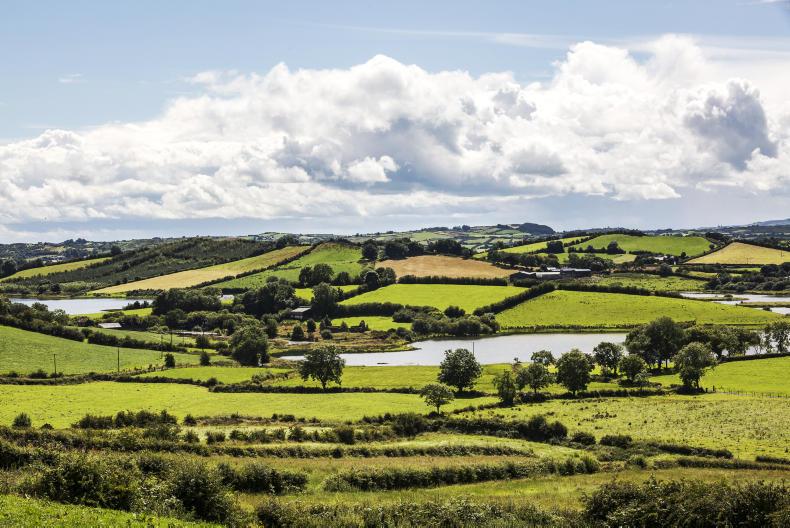
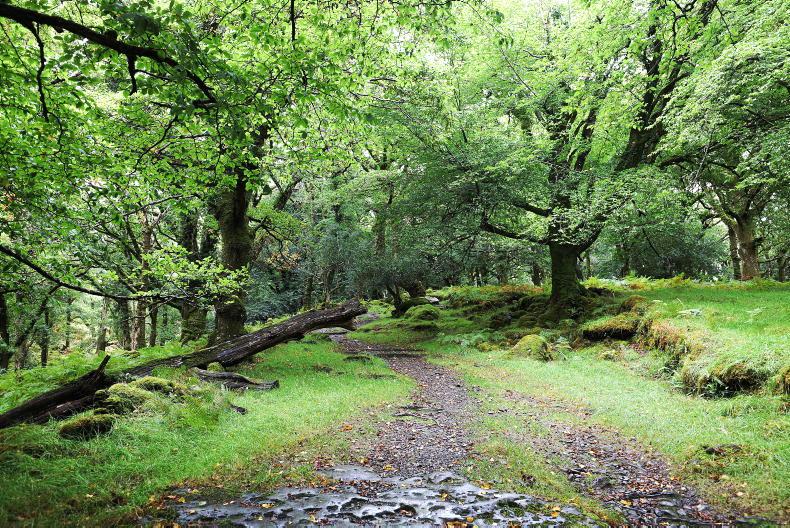
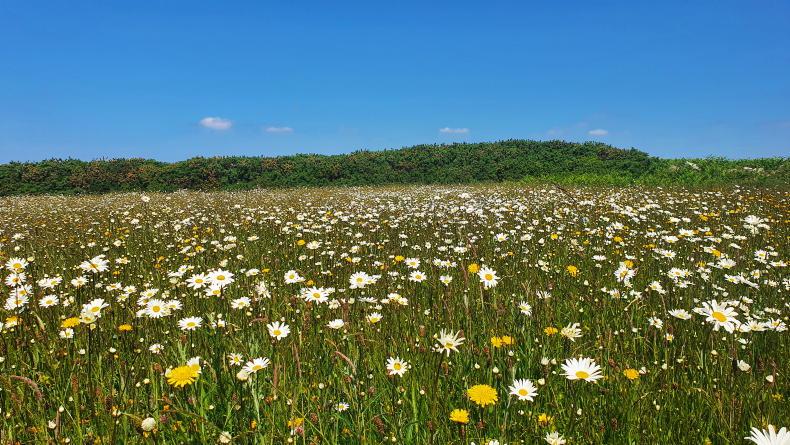
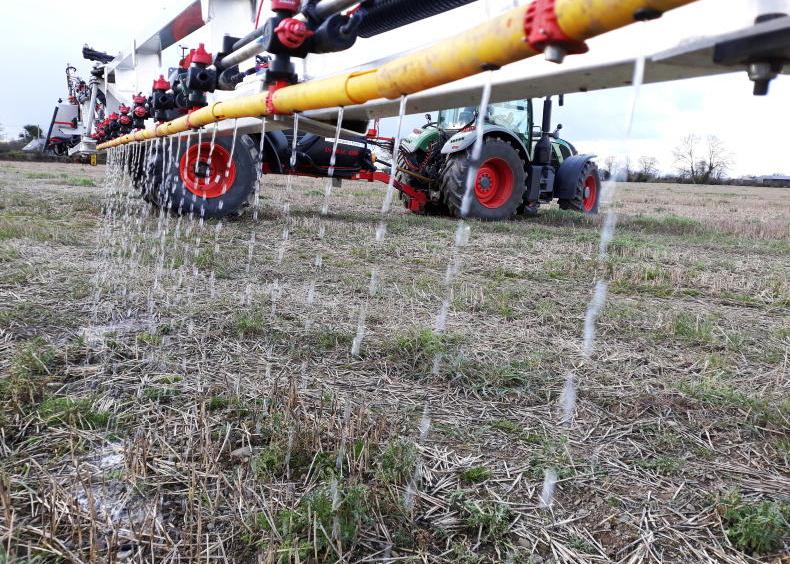
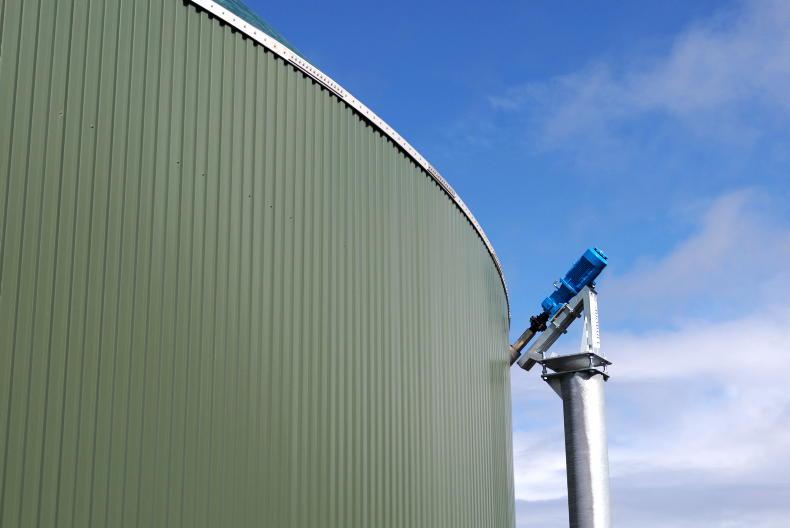
SHARING OPTIONS